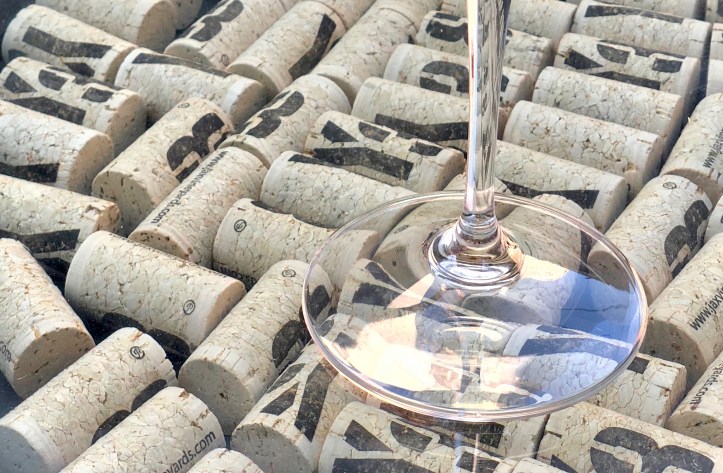As I mentioned in a previous post, “corked” wine affects about 3% of wine, globally.
This doesn’t mean the wine has bits of cork floating in it!
Instead, “corked wine” means the bottle is contaminated with cork taint, which is caused by the presence of a chemical compound called TCA (2,4,6 – trichloroanisole). “Cork taint” is derived from natural cork closures, and it is only detectable after the bottling and aging process.

Cork taint is why restaurants have you try the wine you order. It’s not to check to see whether or not you like it, it is to make sure it isn’t tainted.
So, when you pop the cork of your wine bottle at home, or when a restaurant pours you a taste of the bottle you ordered, make sure to check the warning signs – sniff and taste for aromas of dank moldy basement, a wet newspaper, or a wet dog, and dull, flat, muted fruit.
The obviousness of the corked smell and taste depends both on the extent of the taint, and your sensitivity to it. Sometimes it is barely noticeable, and other times it’s so strong that you can tell as soon as you open the bottle.
Cork taint isn’t physically harmful to wine drinkers, but it can – and usually does – taste terrible. It can make a wine undrinkable and the experience unpleasant, which no one wants.
If your wine at a restaurant is corked, you can send it back. If you’re home and you get a corked bottle, usually you can return it. Retailers and wineries generally do not question when you return an (almost full) corked bottle – meaning, don’t drink it if you plan to return it!
Do you have any other questions about cork taint? Have you had any experiences with a corked bottle of wine?
Cheers!

“Life’s too short to drink bad wine… any wine store that won’t accept a return on a corked bottle is a wine shop you should not patronize!”
– VinePair
Sources:
Wine Enthusiast
The Kitchn
Thank you Steph.
This is my Favorite Wine Blog.
Nicely done.
Jim
LikeLike